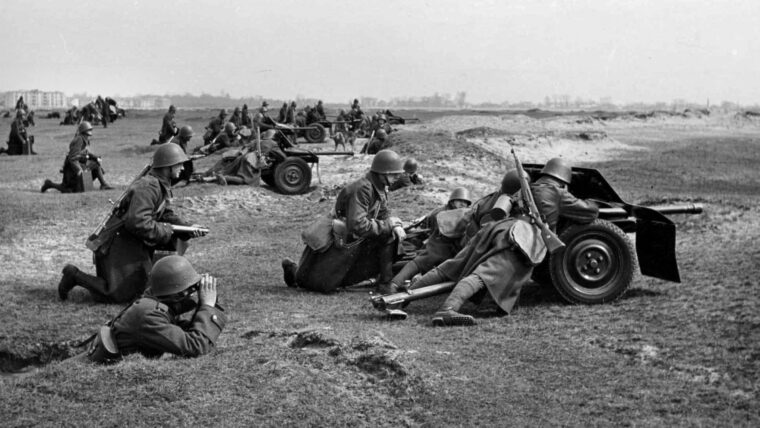
Latest Posts
Invasion from the East
By John W. Osborn, Jr.It was a quiet dinner on a side street in Berlin the evening of June 26, 1939, but more than food would be devoured that night. Read more
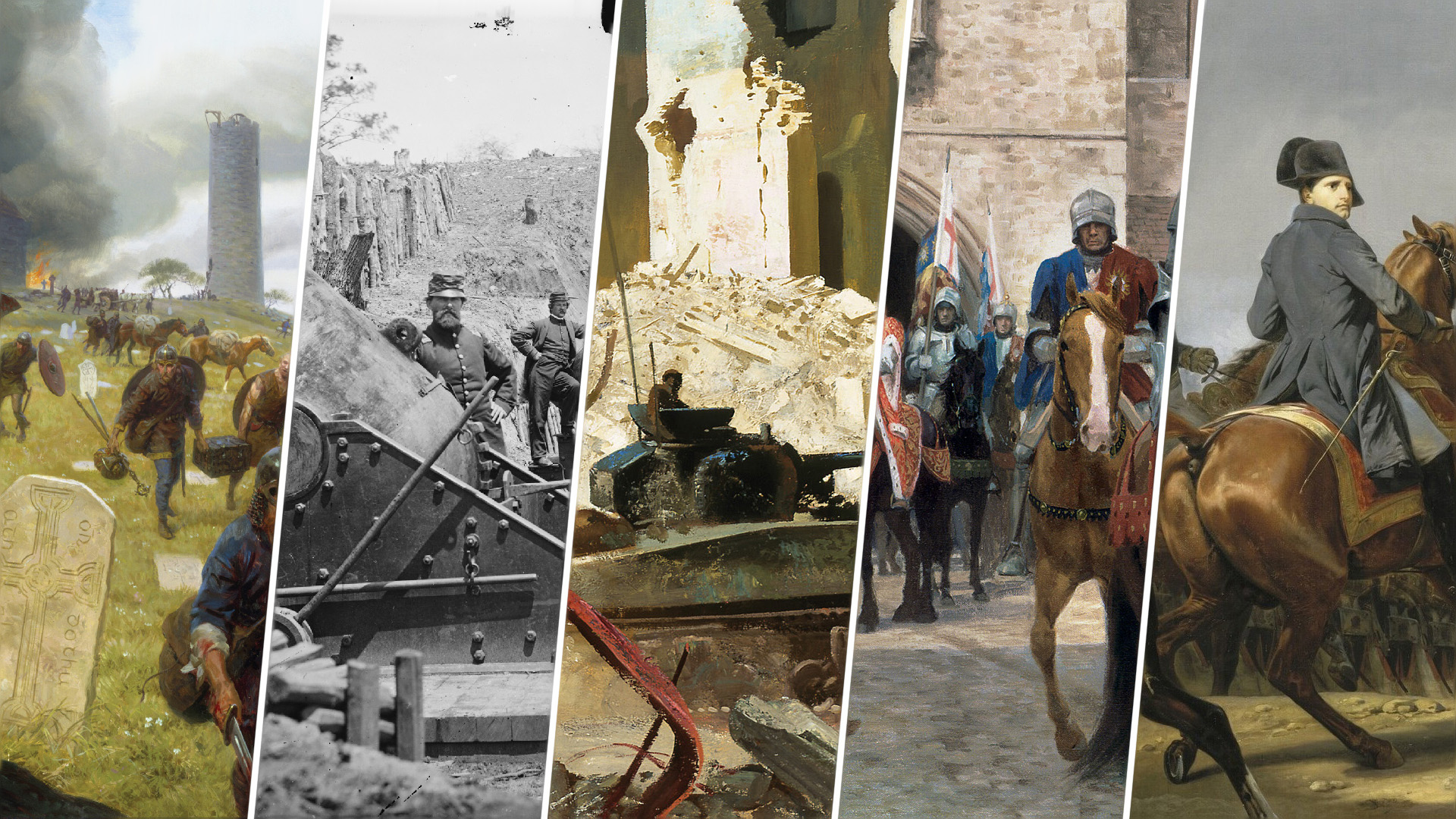

Latest Posts
It was a quiet dinner on a side street in Berlin the evening of June 26, 1939, but more than food would be devoured that night. Read more
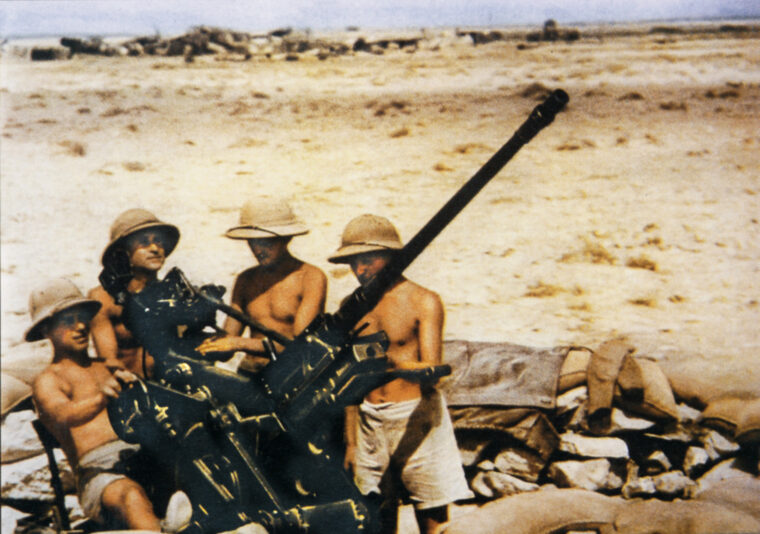
Latest Posts
During the Allied air campaign against the Third Reich in World War II, well over a million tons of bombs were dropped on German territory, killing nearly 300,000 civilians and wounding another 780,000. Read more
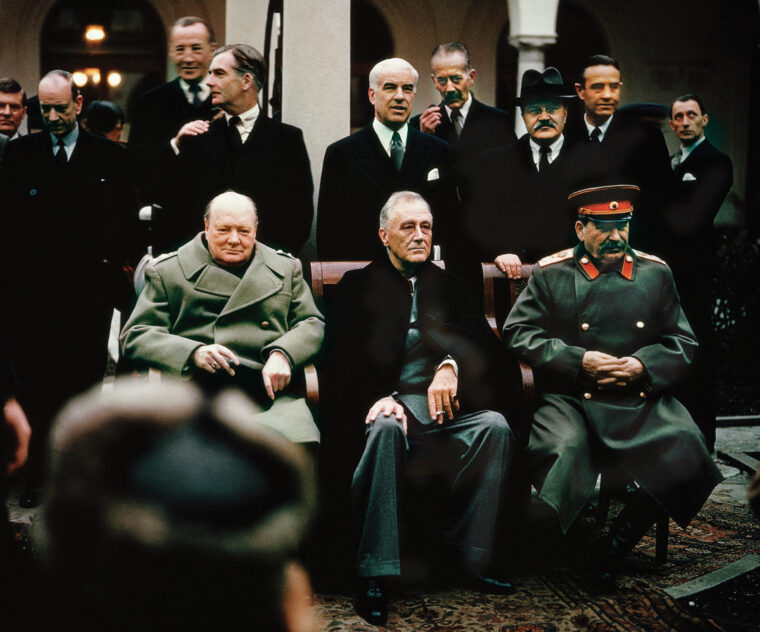
Latest Posts
In the Grand Alliance volume of Winston S. Churchill’s memoirs of the Second World War, the British prime minister lambasted his new ally, Josef Stalin, after Operation Barbarossa, the German invasion of the Soviet Union, began on June 22, 1941. Read more
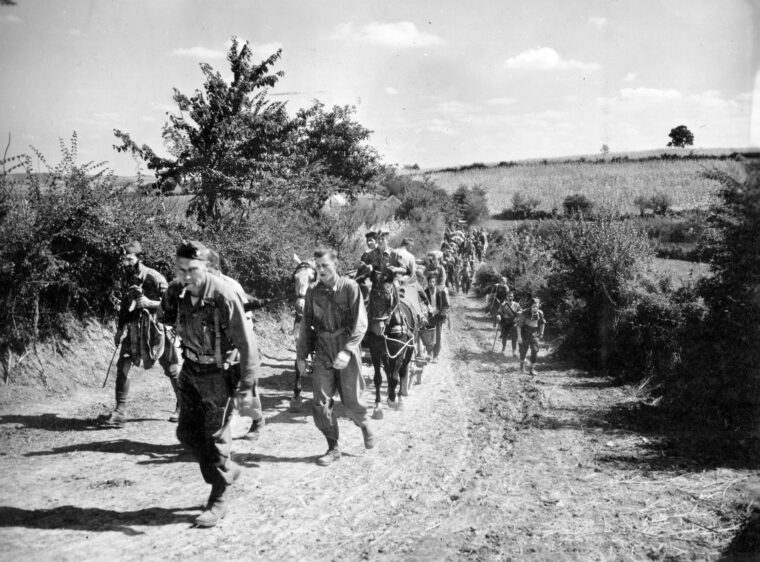
Latest Posts
Black puffs from flak bursts began blossoming in the air around Lieutenant Tom Oliver’s Consolidated B-24 Liberator bomber high over the town of Bor, Yugoslavia. Read more
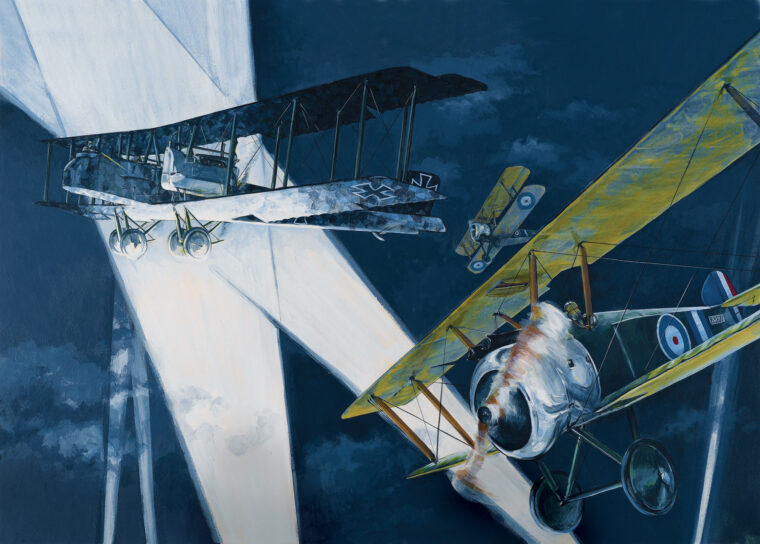
Latest Posts
It was the early-morning hours of June 13, 1917, when a group of German aircraft began its final preparations for a very special mission, which amounted to the first fixed-wing bombing of London. Read more
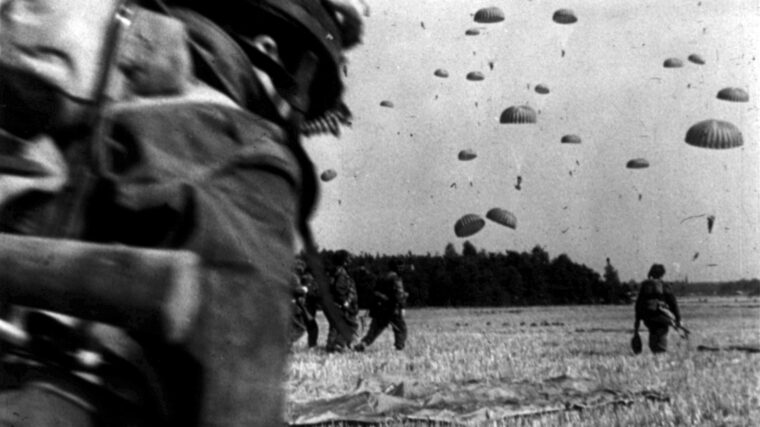
Latest Posts
The British Air Ministry established the British Airborne forces on June 22, 1940, at the request of Prime Minister Winston Churchill. Read more
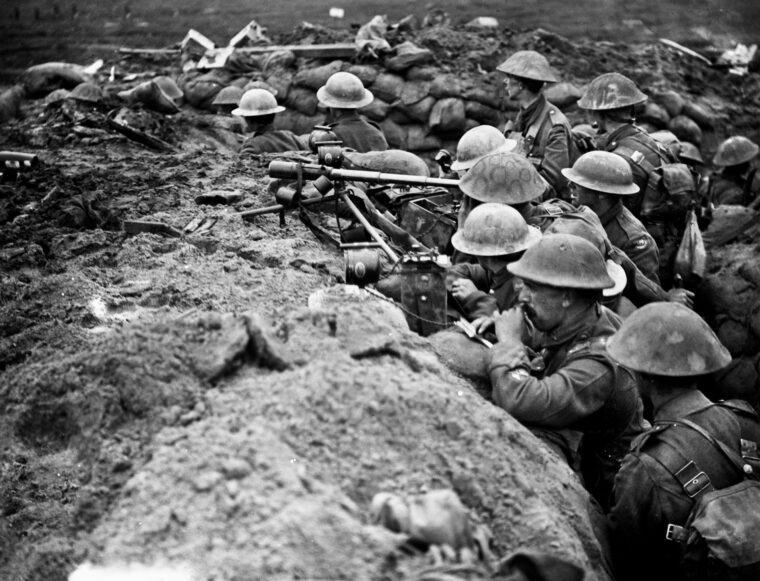
Latest Posts
British soldiers fixed their bayonets and waited tensely in the trenches for the order to go over the top. Read more
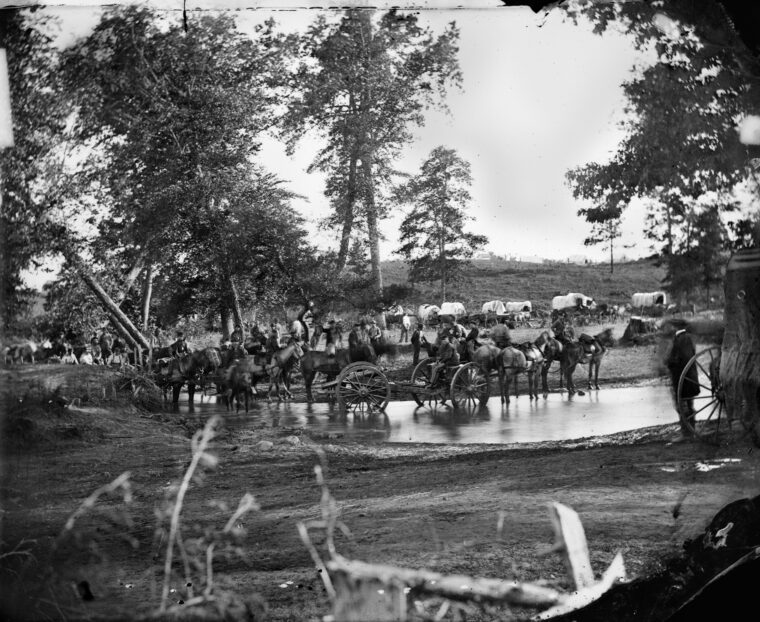
Latest Posts
In the shadow of Cedar Mountain on the southern outskirts of Culpeper, Virginia, Major General Thomas “Stonewall” Jackson deployed the troops at the head of his column of march against a reinforced Union corps on August 9, 1862. Read more
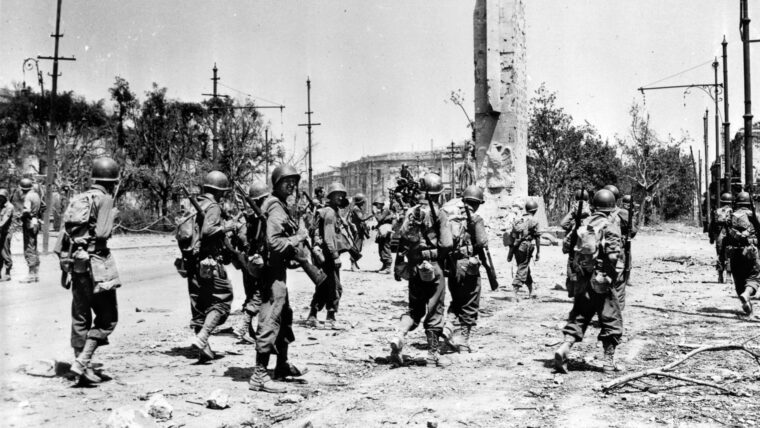
Latest Posts
After three years of brutal warfare in World War II, the Italians in July 1943 overthrew fascist leader Benito Mussolini in the hope of obtaining a separate armistice with the Allies. Read more

Latest Posts
Illustration by Peter Connolly
The Greek hoplite was a heavily armored infantryman who fought in a phalanx formation. Read more
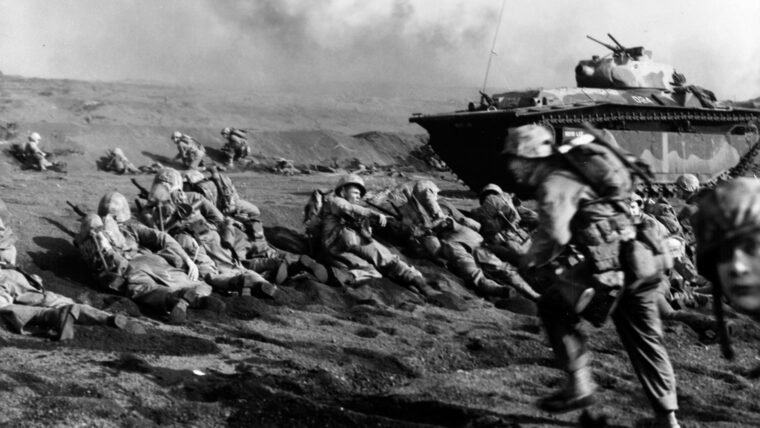
Latest Posts
For the men of the 28th Marine Regiment, the morning of February 19, 1945, brought a sobering moment of truth. Read more
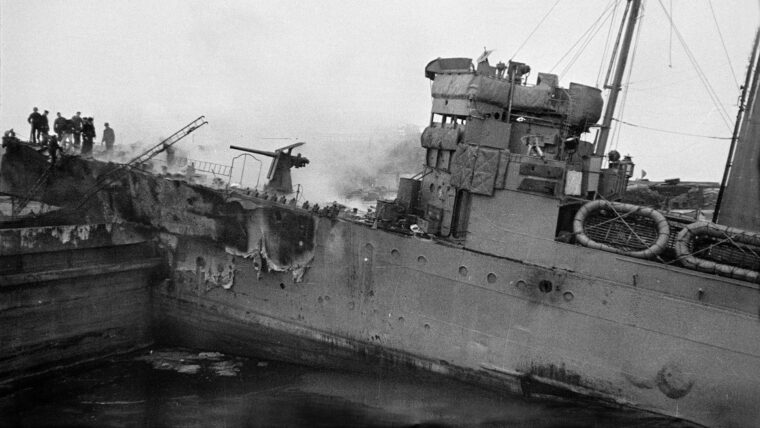
Latest Posts
The year 1942 started disastrously for Britain, just as 1941 had ended badly for the United States. Japan’s entry into the war not only devastated the U.S. Read more
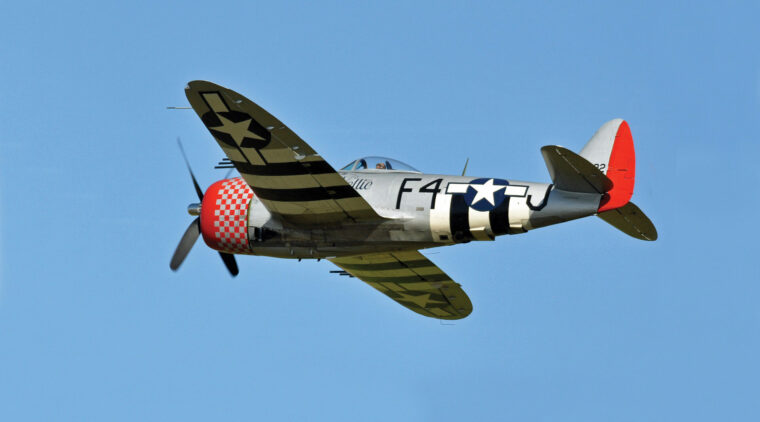
Latest Posts
BACKSTORY: 2nd Lt. Edwin Cottrell served in the U.S. Army Air Forces from August 1942 through 1945, then enlisted in the Air Force Reserves in 1950 and completed 28 years in uniform, retiring as a colonel in the Air Force. Read more

Latest Posts
Here at WWII Quarterly, and in all my book writing, I spend a lot of time advancing my deeply held belief that military heroes—men and women who, over the decades, have put their lives on the line (and sometimes gave their lives in the process) to serve their country for a higher ideal and the causes for which they fought—deserve our enduring praise. Read more
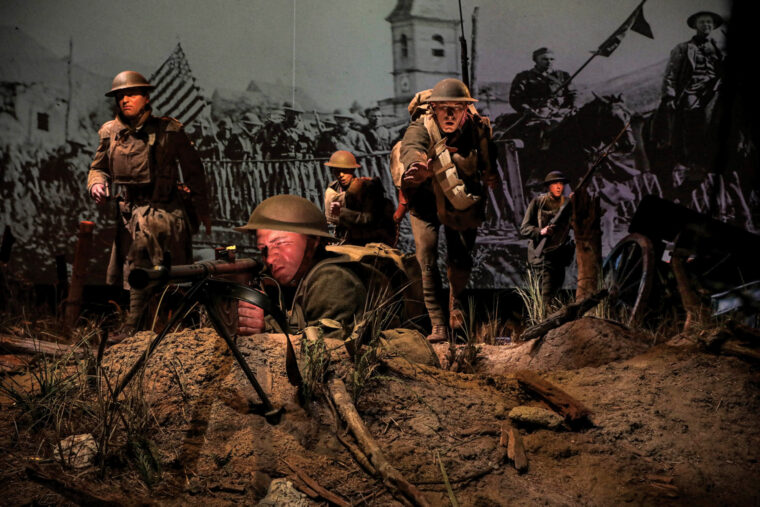
Latest Posts
by LTC Adam Morgan
After many years of planning, fundraising and construction, the spectacular, long-awaited National Museum of the United States Army was finally opened on Veterans Day, 2020, promptly shut down due to Coronavirus restrictions, and has reopened. Read more
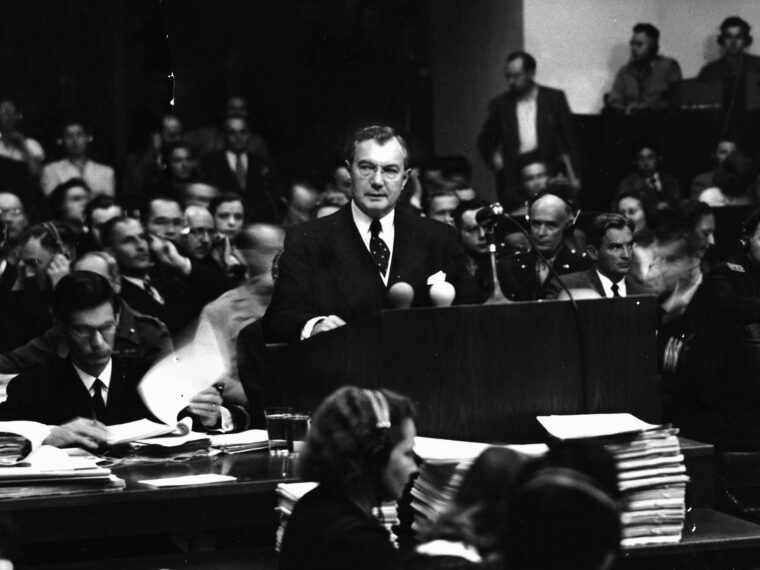
Latest Posts
A few weeks ago, I was able to take a long-delayed summer vacation, this time to New England, where I took in the Maine Maritime Museum and Bath Iron Works (where many American warships were constructed in WWII—and are still being built). Read more
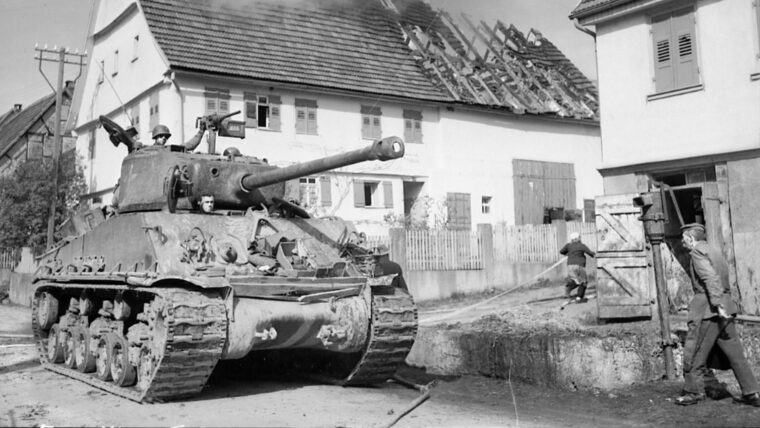
Latest Posts
During World War II, the United States fielded 16 armored divisions, and all contributed to the Allied victory. Read more
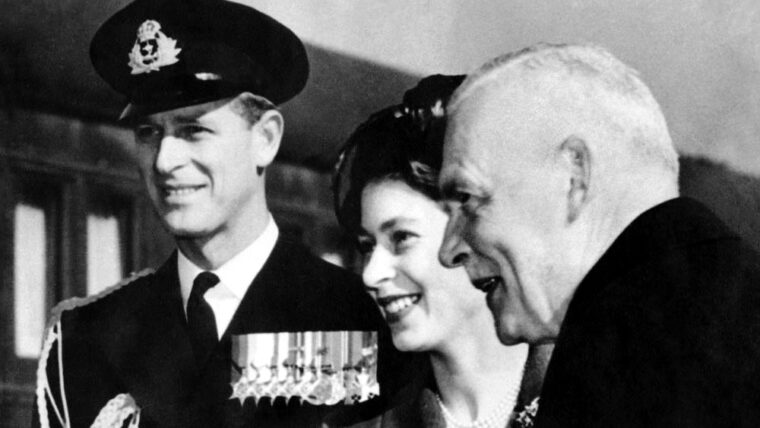
Latest Posts
The number of World War II survivors continues to grow smaller. This spring, two of them made the news.
The first, of course, was Prince Philip, husband of the United Kingdom’s Queen Elizabeth, who died on April 9, 2021. Read more
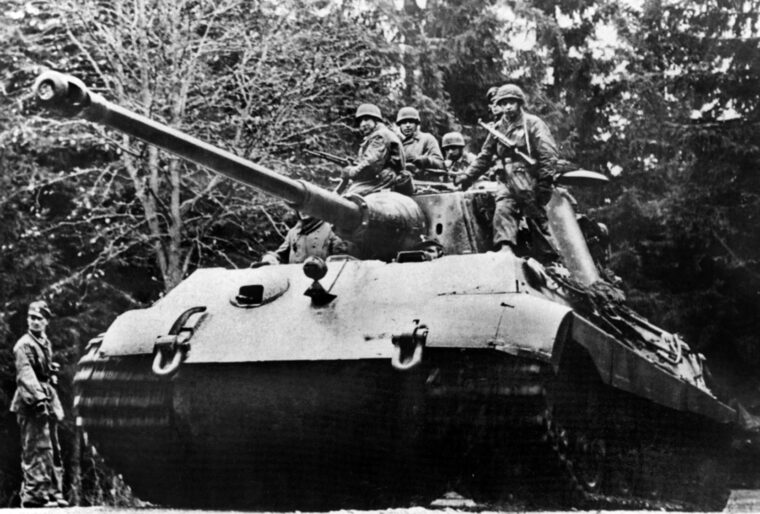
Latest Posts
In 1944, Germany’s once victorious armies were in retreat on all fronts. Germany’s borders were threatened, and the American Army already occupied the German city of Aachen, the ancient city of Charlemagne and one-time capital of the Holy Roman Empire. Read more
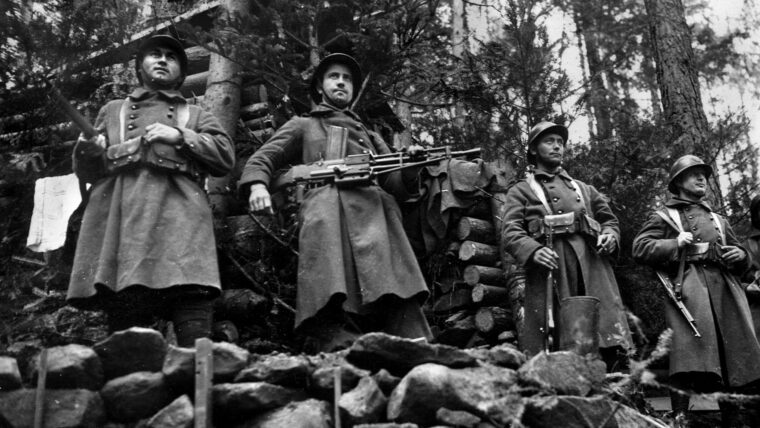
Latest Posts
By Alan Davidge
That France made an early exit from hostilities at the start of World War II is well known. Read more